Mara Schwerdtfeger is a multidisciplinary artist and composer, whose works are driven by research and speculative spaces and interactions. Recently, her piece Voicing was featured on Constellations. Voicing is an interweaving abstract conversation, exploring the concept of voice through a series of four sound elements in conversation with each other.
In this edition of Working With Sound, Mara gives insight into her evolving process and the never-ending possibilities of time, space and sound.
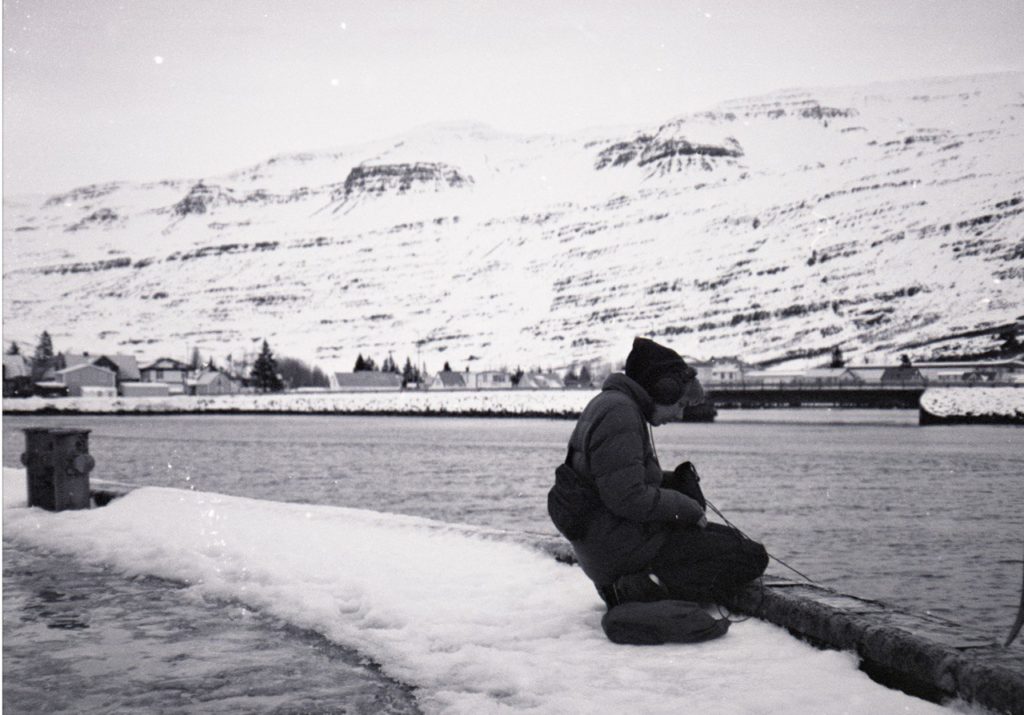
What piece of audio has had the most profound effect on you – as a listener, as an audio maker or both?
Some of the most affecting audio for me has been when it has been curated in a specific space. A big one for me was when I first went to Supersense Festival in 2017. Being underground the Arts Centre for hours with no phone reception or food, constantly moving between performances, was very visceral. It was overwhelming how much there was to hear and see and the program constantly shifted between genres. The night started intensely with Acid Mothers Temple then later Sophia Brous performed in over 18 languages Lullaby Movement, and at one point I was hearing stories of creatures through Ànde Somby’s yoiking. The curation of the festival opens you up to so many sounds and places them in an interesting and affixing way.
Where else do you find influence or inspiration for your work?
I read a lot and always make notes of lines that resonate with me. I find inspiration in those whether it’s a literal image or a feeling they represent for me. It is nice having a notebook of ideas and quotes scattered around to visit when I’m stuck. I also get to work with lots of great people and am surrounded by artists and musicians that I respect a lot. A few years ago Meg Clune of Alaska Orchestra asked me if I would like to perform with the group, who I had admired from afar for years. Working with Meg and Heather Shannon has been a dream and I look up to both of them a lot for both their skill in composition and audio and knowledge about the industry.
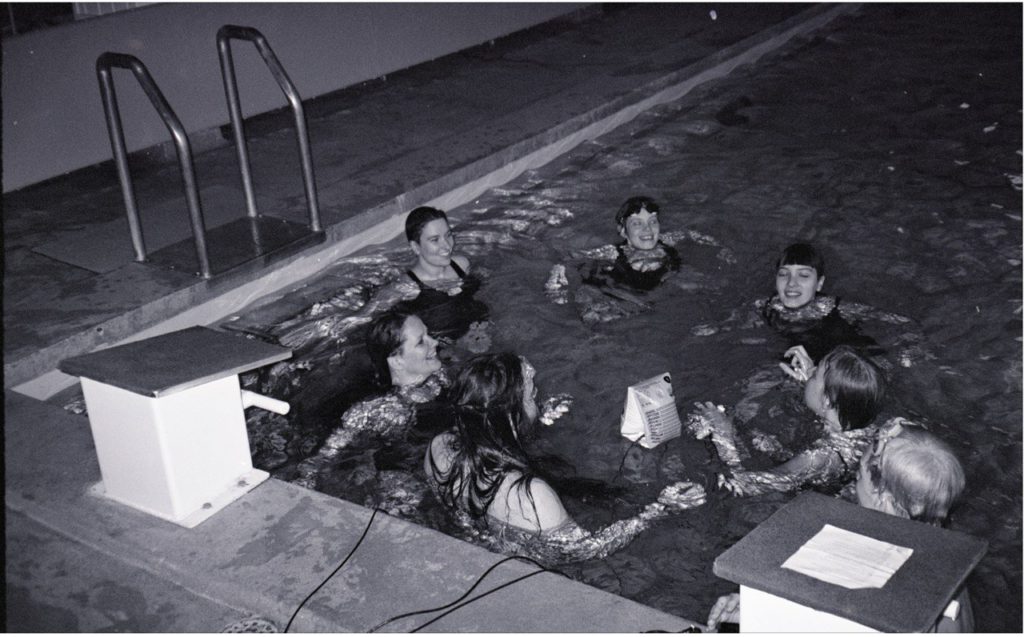
Where do you work? And what tools help you the most?
This year my desk has been moving a lot. Currently I am doing a lot of my work lying on the floor at my home in the Adelaide Hills. The thing I like about working with sound is that it is compact and movable and being in different sound environments can shift your perspective and give you a whole new set of sound tools to work with – having a portable recorder on hand is always useful!
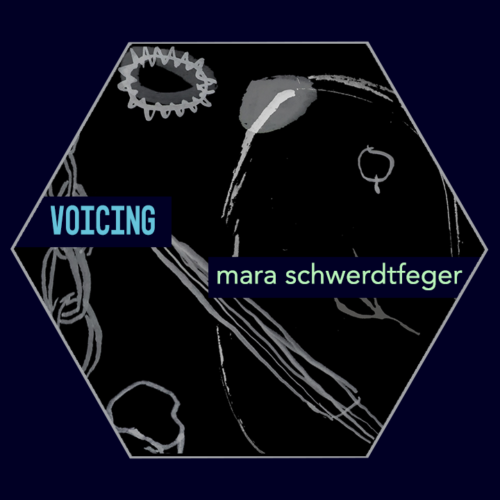
Where did the idea for your Constellations piece, Voicing come from?
There are two previous works that laid the foundations for Voicing. In 2019 I made a piece called Practicing Conversations (on creativity and digital sustainability), which is a multichannel sound installation placing different voices both human and non-human into a speculative conversation. I was trying to come to terms with how my practice, which is so reliant on technology, can be environmentally sustainable, and at the same time with this environmental guilt still be encouraged to create work. The other piece, Mother Tongue is a poem about the use of voice. So bringing these two ideas together was the basis of Voicing.
How did Voicing change and evolve throughout the process? Are there any questions or ideas you would like to explore further?
There was a bit of time and a move of countries between writing the proposal and starting to make the work, so there was a process of getting back into the headspace of the piece which naturally caused some changes. The ‘sound objects’ voice was one that continued to change because it was a really hard idea to vocalise and make clear. I wanted to recreate a feeling that the objects evoked for me, but also allow them to speak for themselves. I want to continue exploring these speculative conversations and how they help shift perspective and reconsider the ways we operate and interact.
I wanted to recreate a feeling that the objects evoked for me, but also allow them to speak for themselves.
What was your favourite part of creating Voicing, and what was the biggest challenge?
The biggest challenge was mixing the work. As humans there are sounds and frequencies that we are more attuned to hear, such as the human voice. So perceived loudness versus technical levels started getting confusing. Especially as the piece is deconstructable and interactive the mix had to work in a number of different ways. But that was also the fun part – getting to hear the piece take multiple forms.
What’s the best (or worst) advice you’ve received about working with sound?
This changes depending on the context but in terms of screen composition and sound design, it is that good sound is unnoticeable. It just works and becomes believable.
As an audio maker, what have been your biggest lessons so far?
A real comfort has been realising that every audio person has a different method of getting to the same result. We are all using different DAWs, microphones, plug-ins and all that, but you have to trust your ears which can be hard sometimes. There are lots of technical terms that come across as super confusing and inaccessible but once you start listening and trusting your ears it makes a lot more sense.
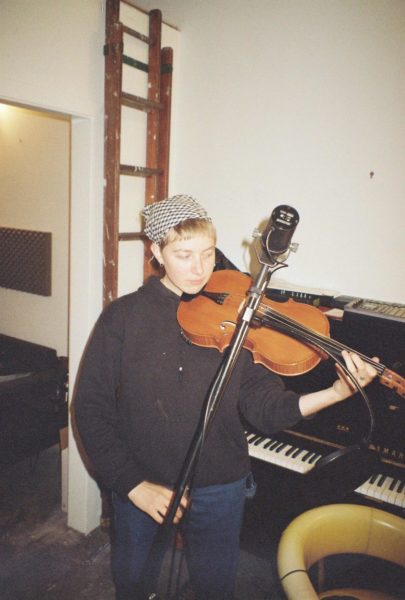
Do you think the work you make reflects your personality? If so – in which ways?
Definitely, though recently I have really been trying to push myself to not fall back on methods and techniques I have previously used which is hard because the processes behind my works are driven by my surroundings and tools. My viola is a big part of my work so I have really been trying to stretch how I can use it as a sound source.
If you could go out to dinner with any audio maker, who would it be – and what would you talk about?
I think it would have to be Suzanne Ciani. Last year I was lucky to meet her briefly and she is so open and funny and full of great stories. I’d be happy to just sit there and listen – her enthusiasm for sound is so encouraging and exciting.
What are you listening to at the moment?
With the pandemic, radio has really taken off in a new way and I think now there is more variety and structures of how audio can be presented. It is nice to see the form being accessible in a very casual way for both the maker and the listener. Two I’ve really been enjoying are Radio Shbshb, started by some friends in Germany, and ocean Glitter and the tides, a sound exhibition taking place over a few installments on The Lake Radio by friends in Denmark.
What’s your favourite Australian podcast, and why?
The podcast I listen to almost every day is 7am. It’s a great way to get the news – clear and engaging and is the perfect length to eat breakfast.
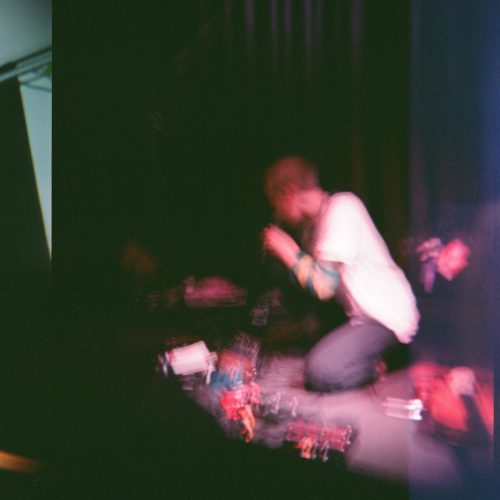
What – if anything – do you think distinguishes Australian audio? What would you like to hear more of?
The podcast I produce for Liquid Architecture is interesting because it features artists from all around the world, and our ‘host’ is a variety of different computer generated voices, keeping a sense of neutrality and conveying an almost unemotional tone which works to leave the space of the episode up to the work we are featuring. But I think this is also unusual for Australian audio where characters and personalities are really emphasised. I like both angles, and it is nice when you really get to know a host or personality really well that it becomes a character in your world.
What’s next?
I am about to perform a new commissioned work for MERGE with MPavilion and Open House in Melbourne and have an album with Land Systems coming out in January 2021. Later in 2021 I am curating a group show called Cycles which will be at Sheffer Gallery in Sydney.
You can listen to Mara’s Constellations piece, Voicing here.